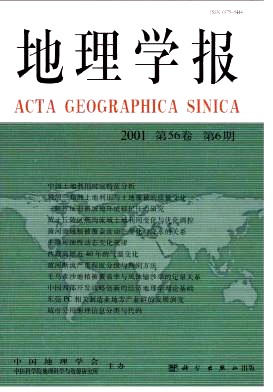GUO Teng yun, LU Da dao, GAN Guo hui
China’s opening up policy has been significant, and boosted both its economic development of the coastal areas and inland areas greatly. But what kind of contributions has the policy made to regional economy in China? To what extent has the policy contributed to the regional economic development in China? To answer these questions, a preliminary study has been carried out based on qualitative and quantitative methods. Firstly, in this paper, the effects of the policy on regional economic development in China are expounded comprehensively: (1) Among the opening up policy series the preferential policies have been one of the main attracting forces to foreign investments;(2) owing to the opening up to the outside world, the economic growth rates in all regions in China are much higher than ever before;(3) through opening up to the outside world, export oriented economy has been playing increasingly important roles in the economic development in China, and foreign trade has become one of the major driving forces to the country’s economic growth; (4) since the 1980s the economic patterns and distributions in China have been changing greatly, the problems of energy shortages, transportation and communication infrastructures have been solved through using foreign investments, loans and technology. Secondly, through introducing policy function into C D production model, the contributions of the opening up policy to the Gross Domestic Products (GDP) growth of coastal areas (including eight provinces, one autonomous region and three municipalities directly under the central government, i.e., Guangdong, Hainan, Fujian, Zhejiang, Jiangsu, Shandong, Hebei, Liaoning, Guangxi, Beijing, Tianjin and Shanghai) in China have been calculated. Over the past two decades, from the early 1980s to the end of the 1990s, the GDP of the coastal areas has increased from about 18 billion RMB yuan to 115 billion RMB yuan. During the period the total increment of the GDP amounted up to 97 billion RMB yuan, in which about 21 billion RMB yuan is contributed by the policy. The average contribution rate of the policy to the GDP of the coastal areas of China is about 21.39%.
